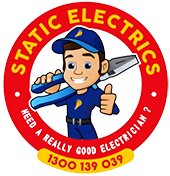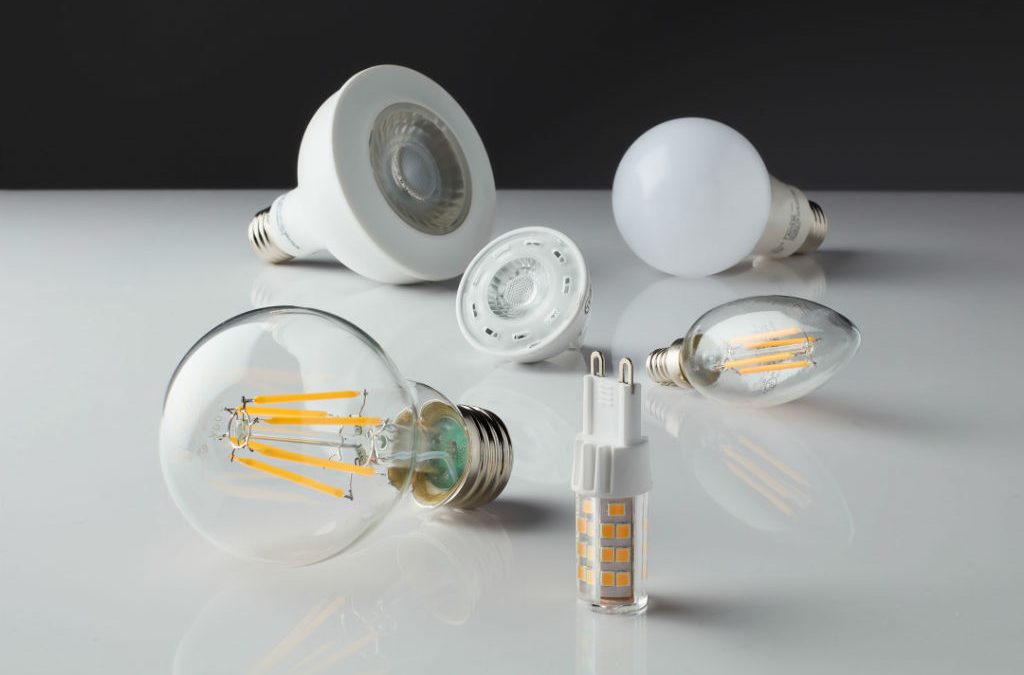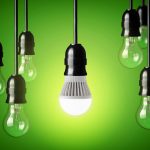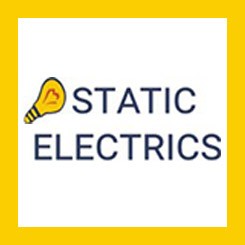The American spiritual teacher Robert Adams once said that within you is the light of a thousand suns. And while a thousand suns sound a little harsh for your home or business premises, luckily there are today 1000+ different types of lights and lighting options that means you can brighten up your space in precisely the way you desire and need.
It was in 1802 when Humphry Davy mastered the very first electrically-powered light, when he dreamed up a battery, connected it to a piece of carbon, and marvelled at the very first artificial light. That was 70-plus years before Thomas Edison filed the patent for a carbonised bamboo filament that could last over 1000 hours – gaining him the credit as the inventor of the incandescent light bulb.
So, fast forward 143 years to today, and what’s changed in the commercial world – how many different types of lights on the most fundamental level are there now? The answer: a lot! These include xenon, neon, plasma, metal halide and sodium vapour, but it’s unlikely your home or business will benefit from those. In a nutshell, we count four different types of lighting solutions and technology that you should know about – and the one that has shot to number 1 global prominence may just surprise you.
The 4 types of lights to know about
1. Incandescent
As Mr Edison knew well, incandescent light is the original electric lighting technology that works purely on the basis of incandescence. In other words, it’s lighting up the darkness by heating something until it actually glows. With over a century of rapid technology evolution behind us, the range of sizes, wattages and voltages is now vast, but the filament itself is still mainly made of tungsten. Electric current simply passes through the tungsten, heating it to a glow.
2. Fluorescent
The second of the four different lights being discussed today works on the basis of luminescence – which does not rely on the simple heating of a filament at all. Rather, it works a little like honey fungus is luminescent in its ghostly green glow, and is related to the concept of fluorescence. That’s when a substance has absorbed light or radiation, as in the case of the familiar fluorescent tube that creates its UV light with a chemical reaction involving mercury vapour and certain gases to light up phosphor powder.
3. Halogen
The third of the 4 basic types of lights are halogen, which in a way can be described as incandescence … evolved! You’ll spot the difference with a simple incandescent bulb immediately, given that the halogen bulb has a ‘bulb within the bulb’. Like an incandescent bulb, electricity lights up the tungsten filaments, but they are encapsulated in a quartz capsule that is filled with inert iodine and bromine gases. Here, the ‘halogen cycle’ is triggered, where as the tungsten filaments burn off, they are re-deposited and re-used to produce a more efficient and long-lasting lamp.
4. LED
Question: what’s the dominant lighting technology in the world today? No, it’s not any of the three listed above, but the one that is the newest of the four basic light types – even though LED’s ‘father’ Nick Holonyak invented it in 1962. What he produced, though, was red light, but he achieved it with a Light Emitting Diode array – or LED for short. It achieves 90 percent greater efficiency and vastly superior versatility and longevity by not directing the electric current through a filament – but through a microchip instead. The microchip then lights up tiny light sources that are manipulated by highly sophisticated engineering to produce red, amber, green and blue light that can be converted to any colour and light temperature under the sun.
Today, converting to LED light installations is saving not just consumers but the environment, with a huge reduction in the energy and cost of lighting homes and offices.
Explore different lights with Static Electrics
These may be the ‘big 4’ different types of lighting, but the market is so vast that we can’t possibly mention them all. You can select the perfect technology and product for your needs, though, by understanding more about the colour temperature, the colour rendering index, and the lumen and watts. Or you can skip all of that by asking one of our local electricians right here at Static Electrics. We’re your friendly authority for all electrical, air conditioning and solar power needs all across Brisbane, Sunshine Coast and beyond, so feel free to get in touch today.














